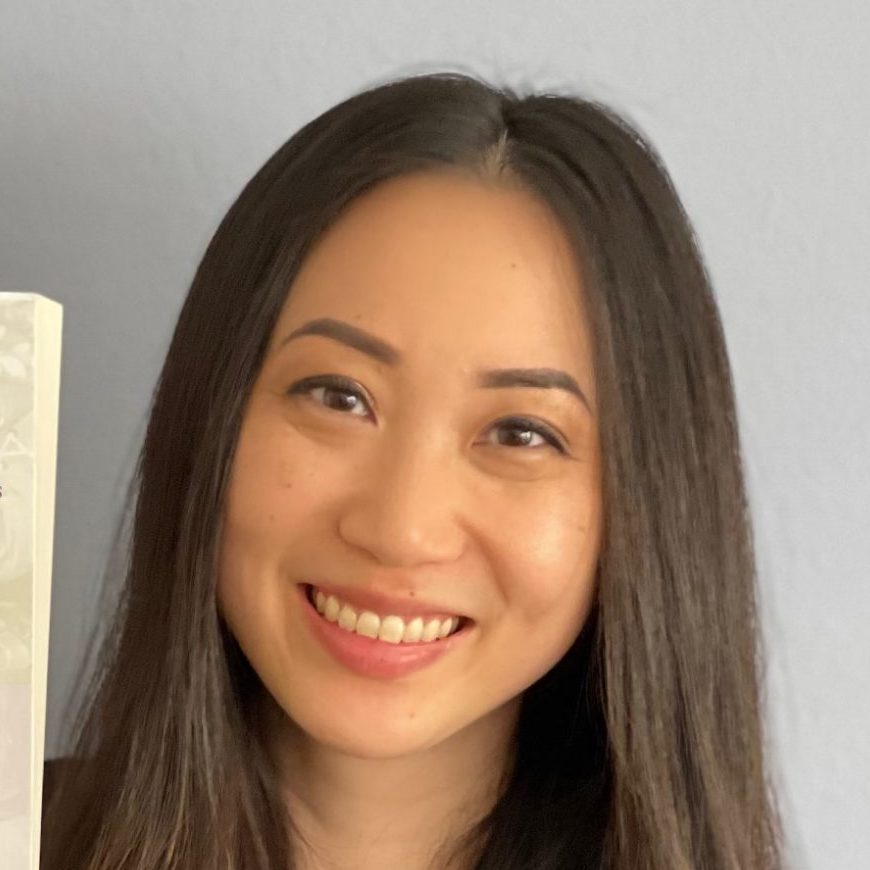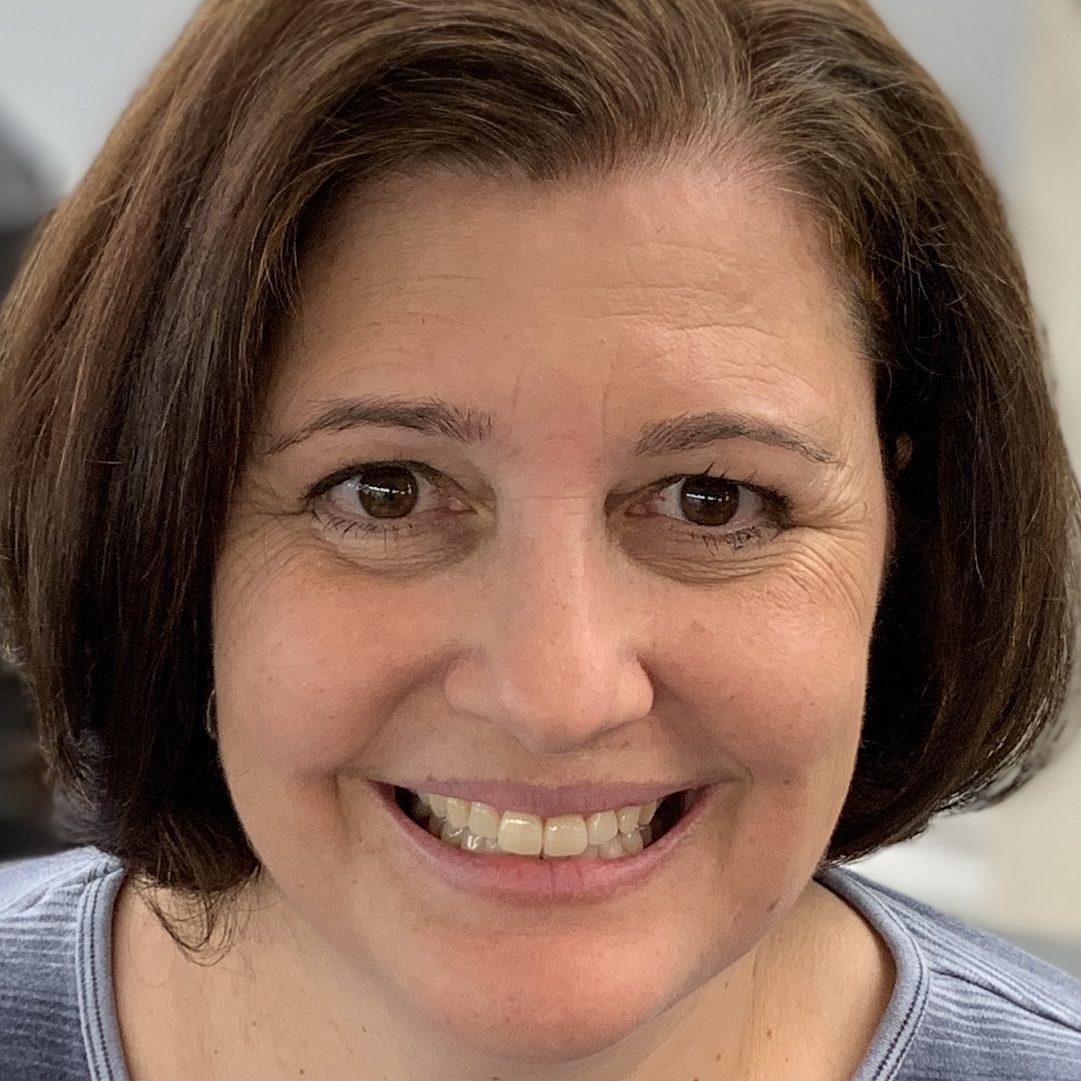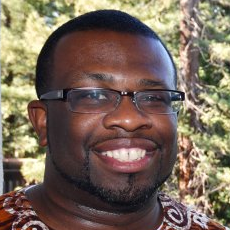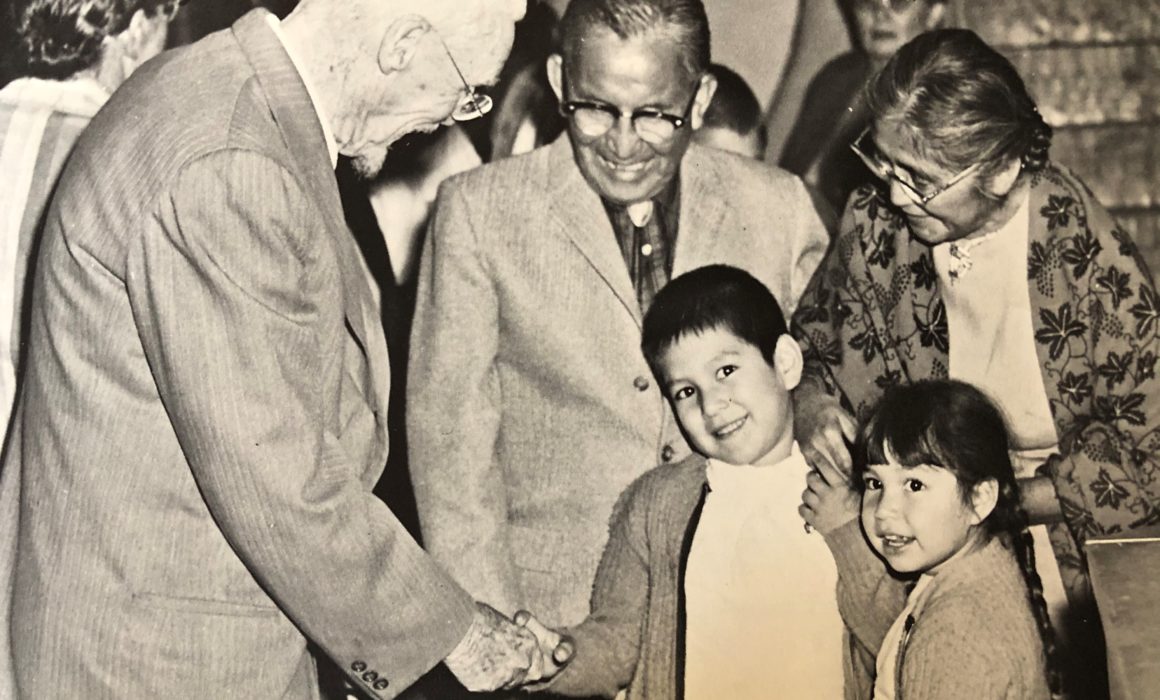
Martin Luther King Jr. Rosa Parks. Pocahontas. Cesar Chavez.
These historical figures are included in textbooks, but countless other unsung heroes of color — especially women — are overlooked and ignored.
As educators strive to offer a broader and more inclusive look at our past, many are highlighting diverse people who helped shape our world. This provides students a deeper understanding of events that transformed this country and allows students of color, especially, to realize that people who look like them played a significant role in American history.
We asked some educators to share their favorite unsung heroes and why they chose them. Some selected individuals from early times; others picked modern-day people who have inspired them.
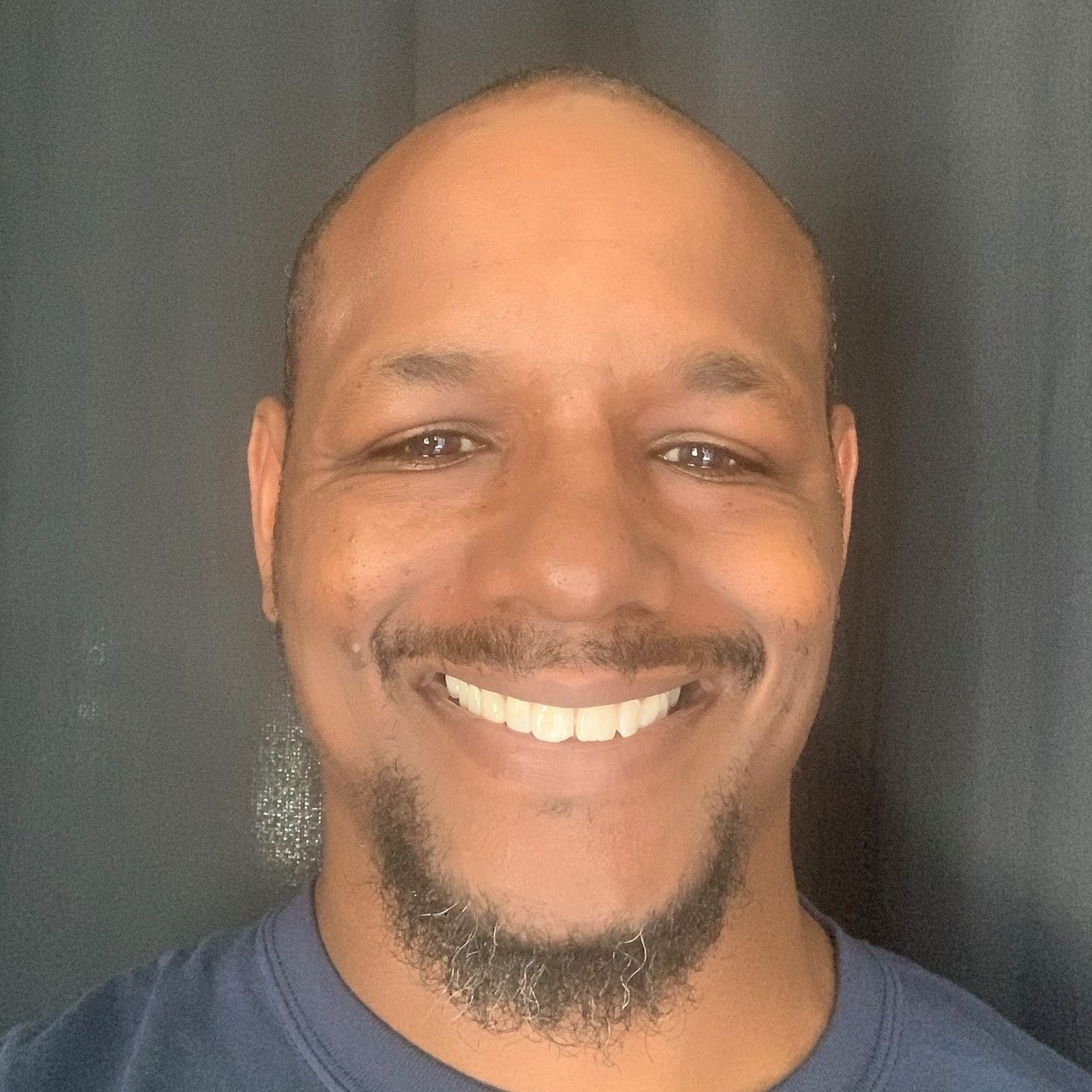
Walter Ford
World geography teacher, Chino Hills High School
Association of Chino Teachers
“She is a role model for young Black women. She encourages girls to enroll in STEM classes.”
Valerie Thomas is a Black woman who revolutionized technology. She invented and patented the illusion transmitter, the first mechanism to create the appearance of a 3D image using concave mirrors and rays of light. Her work is what led to the 3D movies we are watching in theaters today.
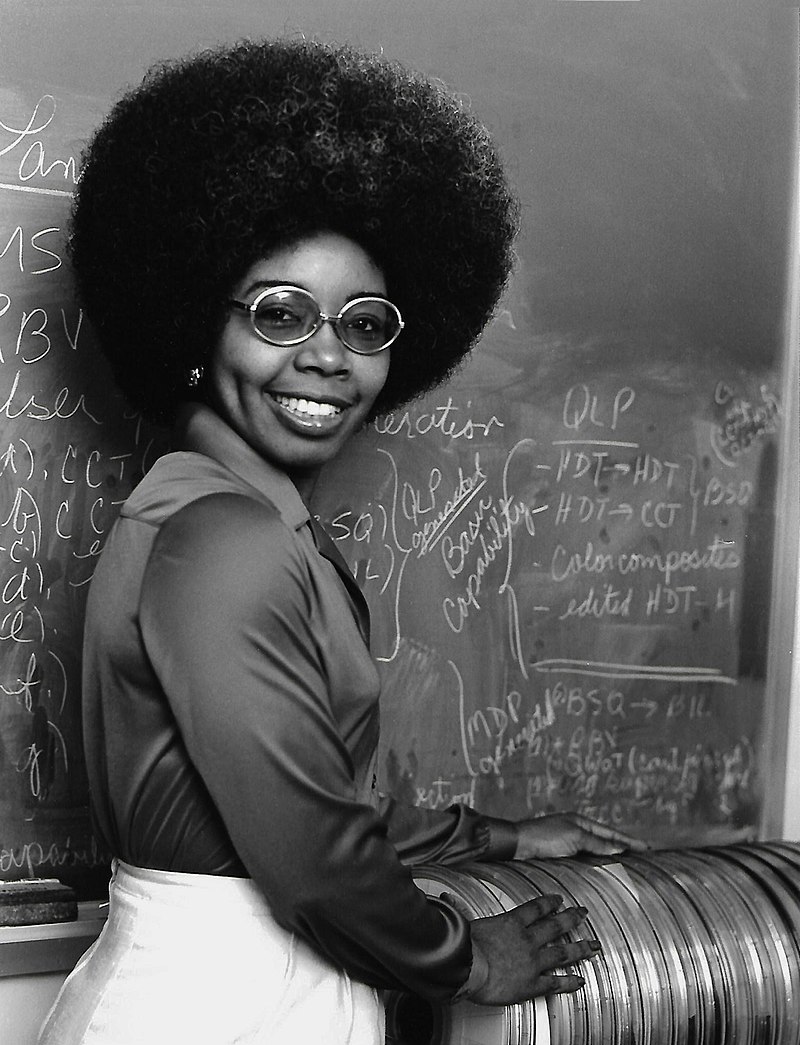
Valerie Thomas. Photo: NASA, restored by Adam Cuerden
She worked at NASA during Jim Crow. She developed real-time computer data systems to support satellite operation control centers and oversaw the creation of the Landsat program, which expanded upon the works of other NASA scientists to view Earth from space. She was overlooked in the movie Hidden Figures.
She was born in Maryland in 1943. At age 8, she read The Boy’s First Book on Electronics. But her parents and the all-girls school she attended did not encourage her interest in math and science.
At Morgan State University she was one of two women majoring in physics. She graduated with highest honors in 1964 and went to work for NASA. She started to experiment with flat and concave mirrors and discovered that while flat mirrors produce a reflection of an object that seems to be behind the glass, concave mirrors reflect objects so they appear to be in front of the glass, producing a 3D effect.
She is a role model for young Black women. She gives back to the community by speaking to students of all ages. She encourages girls to enroll in STEM classes. She recently came to the public’s attention when Chance the Rapper tweeted about her. She retired in 1995 and still lives in Maryland.
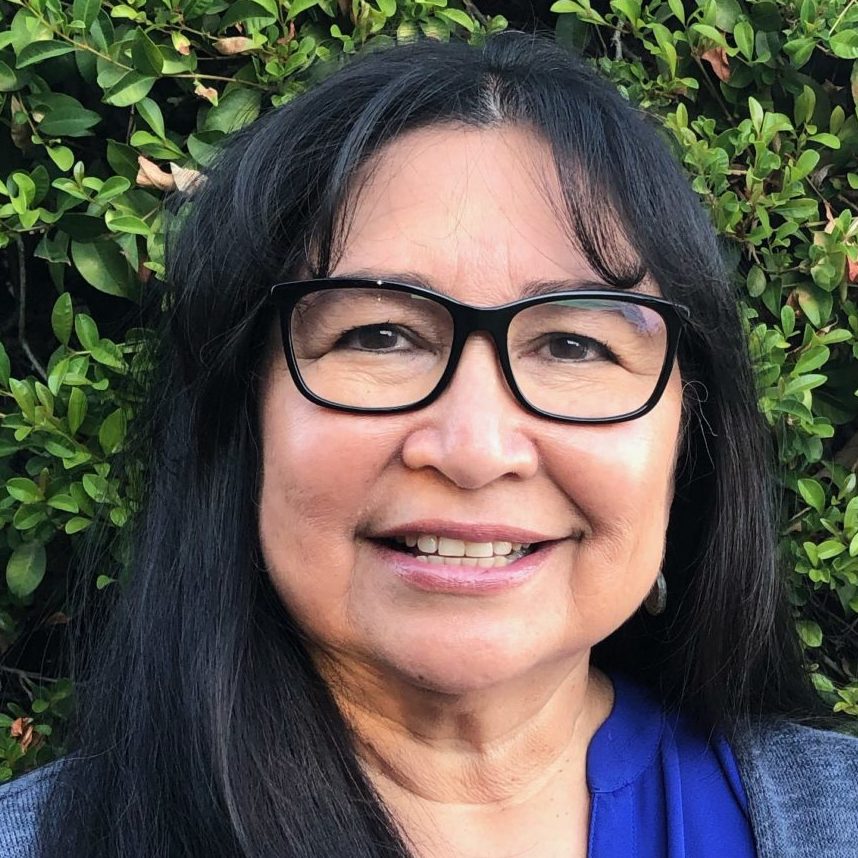
Mary Levi
Fourth grade teacher, Sycamore Elementary
Upland Teachers Association
“He taught me songs, traditions and stories. And he taught the Hopi people resilience.”
Fred Kabotie was born in 1900 and was the first Native American to receive a Guggenheim Fellowship for the arts. You may have seen his murals in Bright Angel Lodge at the Grand Canyon, or his paintings in the Smithsonian and the Guggenheim Museum.
At age 9, the U.S. Cavalry took him away from the Hopi reservation in Arizona to a boarding school in New Mexico. He was not allowed to speak Hopi or practice his religion. While away, he lost his mother and sister to smallpox, and his father and uncles were sent to Alcatraz and imprisoned.
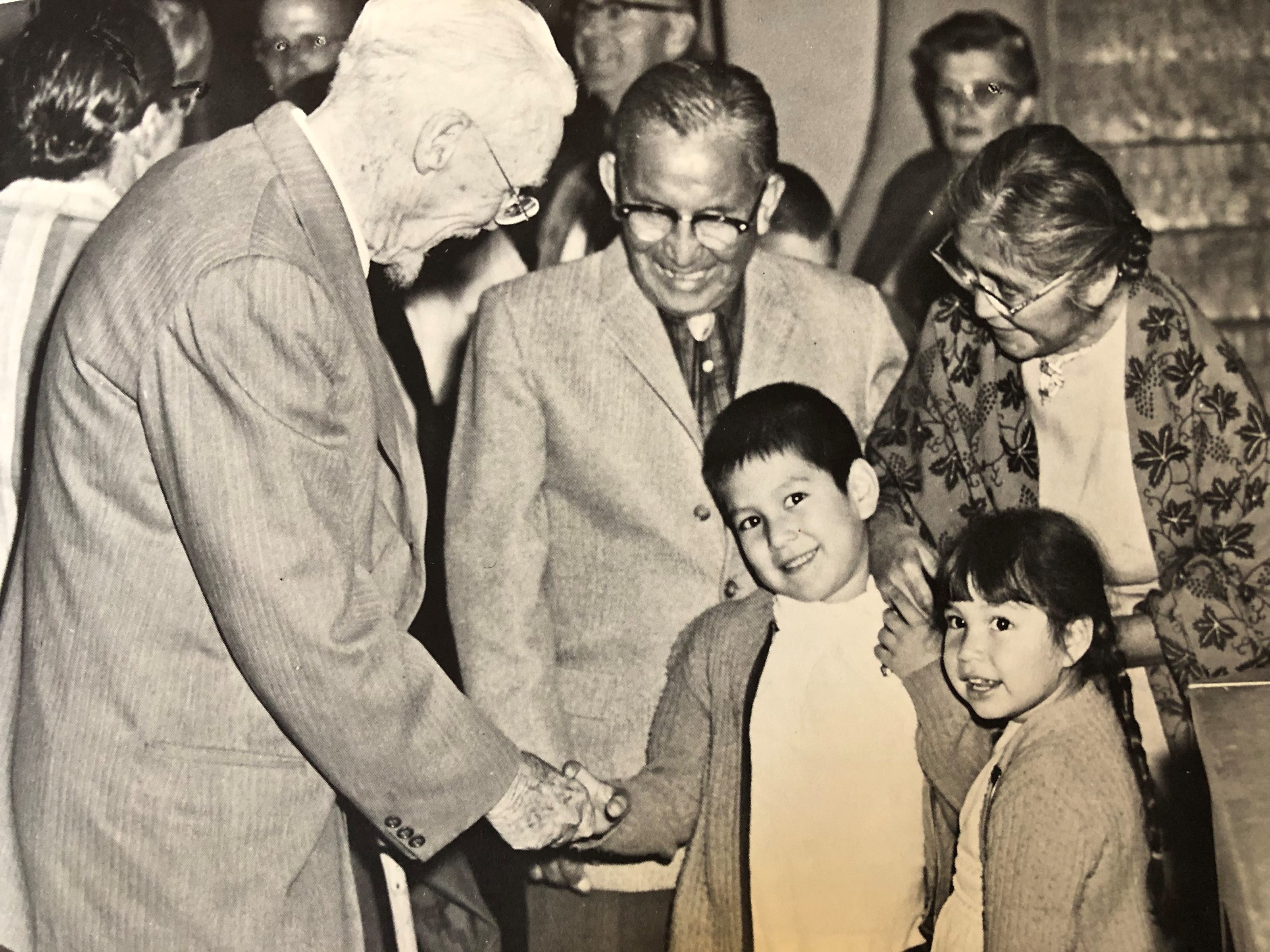
Mary Levi (lower right) with her grandfather Fred Kabotie (center), her brother, her grandmother, and Dr. Harold Colton, founder of the Museum of Northern Arizona.
At school Kabotie picked up sticks of charcoal and drew on sand, rocks or paper, depicting Hopi ceremonies. The superintendent’s wife encouraged him and gave him paint. Eventually he returned to the reservation and sold his work. His friend Bill Belknap, an author and photographer who was interested in Native Americans, sent one of his paintings to the Guggenheim Memorial Foundation. Kabotie received a fellowship and money from the foundation, which he used to learn and teach silversmithing. He developed and taught the Hopi the overlay jewelry technique, so they could sell jewelry and earn a living.
Kabotie encouraged his tribe to make connections outside of the reservation while maintaining their religion, culture and art. He strove for social justice and healing. He was part of the development of the Hopi cultural center and museum, which helped visitors understand the Hopi culture and provided employment for Hopi.
Fred Kabotie was my grandfather. Before he died in 1985, he taught me songs, traditions and stories. And he taught the Hopi people resilience.
Michelle Ban
Social studies teacher, Rosemead High School
El Monte Union Educators Association
“His works make me feel I am indeed a part of the history of this country.”
Ronald Takaki was a pioneer in bringing up race in American history when it was so often ignored or pushed aside. He was a professor, scholar and author.
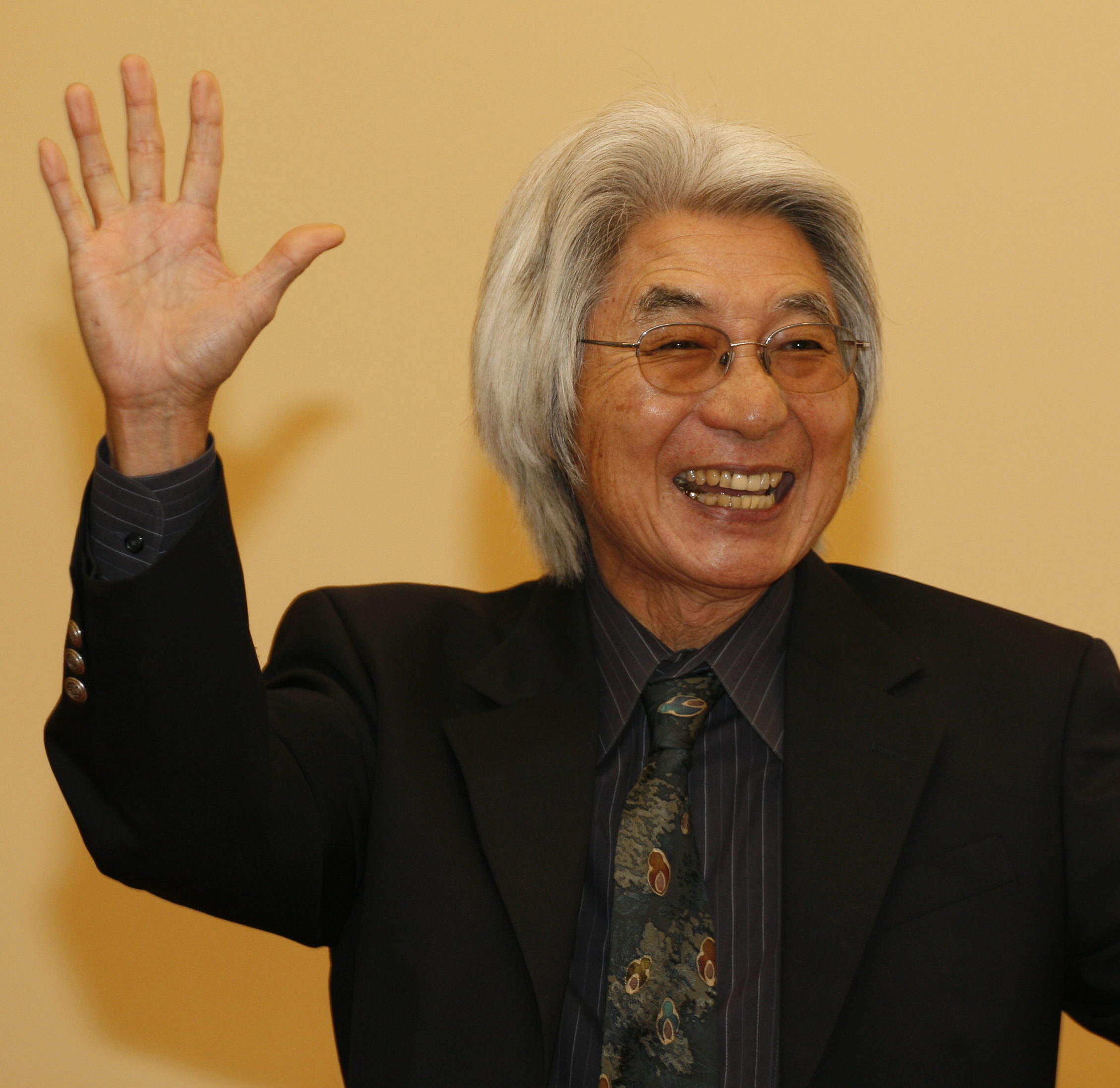
Ronald Takaki. Photo: Eddric Le/Wikimedia Commons
Originally from Hawaii, he helped found the first-ever ethnic studies department at UCLA. He taught the first Black history class there. People walked in expecting a Black professor and said, “Whoa, it’s an Asian dude.” The shock and awe were real conversation starters. Later, at UC Berkeley, he created the first ethnic studies Ph.D. program in the country.
He wanted to tell the narrative of different ethnic groups instead of just the white narrative. He is remembered for challenging his students with this question: How do you know what you know?
His work addressed the stereotype of Asian Americans as the model minority who are successful and well-adjusted compared to other minorities. It’s a stereotype because many Asian Americans live in poverty and struggle. He believed the myth was wrongly used to justify not helping minority groups facing socio-economic challenges.
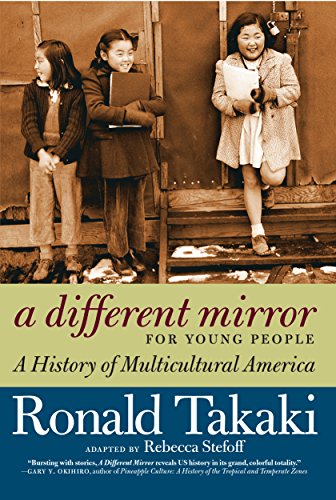
His books include A Different Mirror: A History of Multicultural America and Strangers From a Different Shore: A History of Asian Americans. He died in 2009, at the age of 70.
Growing up as an Asian American woman, I didn’t see my story in many textbooks. But his works make me feel that I am indeed a part of the history of this country.
Sergio de Alba
R.M. Miano Elementary School
Los Banos Teachers Association
“As a teen, I joined my parents in the fields. I saw firsthand the difference Huerta had made.”
Dolores Huerta, age 91, embraces the ideals that make America a success and serves as an inspiration for countless people, including myself. Huerta provides a model of the impact we can make when setting our minds to correct any disparity.
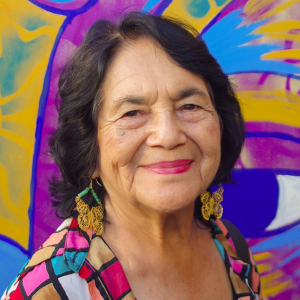
Dolores Huerta
Including Huerta in history lessons gives students an example of what can be achieved with dedication and perseverance. As the co-founder of the United Farm Workers (UFW), she worked diligently advocating for farmworkers’ rights. From improving working conditions to fighting for a livable wage, Huerta is an American hero who has fundamentally changed the lives of some of the most disenfranchised in our populace.
For me, her impact was felt directly. As farmworkers, my parents benefited from the efforts of the UFW, Cesar Chavez and Huerta. If students learned of the inequalities these workers faced, they would think differently of the farmworkers who pick the fruits and vegetables that feed our country.
As a teenager, I joined my parents in the fields. I saw firsthand the difference Huerta had made. More than a drink of water or the availability of a bathroom, it was a sense of humanity that she helped to provide, an idea that farmworkers are more than laborers — they are human beings.
When we include individuals from all cultures that have contributed to our great nation’s history, it empowers us all and makes America a better country.
Octavio Barajas
Associate professor of ethnic studies
College of the Sequoias Teachers Association
“Studying this man humanizes the conflicts during this period. My students identify with this story.”
Tiburcio Vásquez was a “social bandit,” which means he was considered an outlaw by the law, and a hero to the populace. He was a kind of Robin Hood. He was born in Monterey, California, in 1835. He was highly educated and spoke fluent English and Spanish. He wrote letters with beautiful penmanship in both languages when California was becoming more Anglo-dominated. The Gold Rush was a very unsettling time for Chicanos because they were marginalized and criminalized, which continues today.
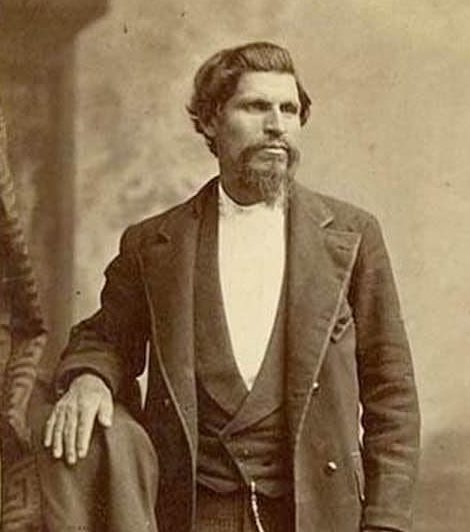
Tiburcio Vásquez
He was at a party with many Californios and Anglos when a fight broke out. A sheriff came in to break up the fight and was killed. Tiburcio didn’t shoot the sheriff, but he was a suspect. He fled to the foothills and became a fugitive. He stole horses and robbed stagecoaches to survive. Mexican families in California offered him fresh horses, and he would give them a bag of gold coins.
When he was arrested and hung on March 19, 1875, it was a sad day for Mexicans in California.
Studying this man humanizes the conflicts during this period and provides students with a fuller understanding of what Mexicans experienced during the early days of California. My students identify with this story. It shows how institutional racism operated then — and helps provide understanding of how the criminalization and stereotypes of the Chicano population continue to this day.
Nicole Ciccarelli
Teacher, Lake Intermediate School
Garden Grove Education Association
“It’s important to educate students about her strength and courage to inspire them to follow her activism.”
Mary Ann Shadd Cary was an educator, abolitionist, editor, attorney and feminist. She was born a free woman in 1823 in the slave state of Delaware and made incredible sacrifices for the freedom of others before her death in 1893.
She helped fugitive slaves escape to Canada with the Underground Railroad. After the passage of the Fugitive Slave Act of 1850, her family moved to Canada. She returned to the U.S. during the Civil War and recruited Black soldiers for the Union.
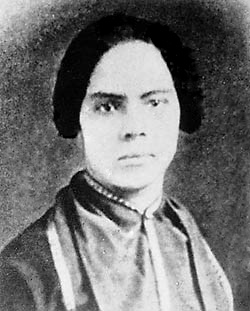
Mary Ann Shadd Cary
Cary broke barriers with many firsts. She was acclaimed as the first Black woman on the American continent to establish and edit a weekly newspaper. She became the first woman student at Howard University Law School and the second African American to earn a law degree. She was the first Black woman to vote in a national election.
She joined the National Woman Suffrage Association (NWSA), working alongside Susan B. Anthony, testifying before the Judiciary Committee of the House of Representatives. She spoke at the 1878 NWSA convention.
I believe that students should learn about Cary so they can truly see how much a woman of color helped with the women’s suffrage movement and other social movements. It’s important to educate our students about her strength and courage to inspire them to follow her activism. It shows how they can make a difference, too.
Evan Wade
History professor
San Joaquin Delta College Teachers Association
“I love her strength, her brilliance, and her dedication.”
Mary McLeod Bethune was one of the most underappreciated heroes in U.S. history. Most textbooks don’t include her, but she was a profound race leader and women’s rights champion.
She was born in 1875 in South Carolina to formerly enslaved Africans and was one of 17 children. She founded a college in Daytona, Florida, for Black girls, as they were not allowed to attend white schools. Bethune Cookman University still exists; it set the standards for today’s STEM colleges.
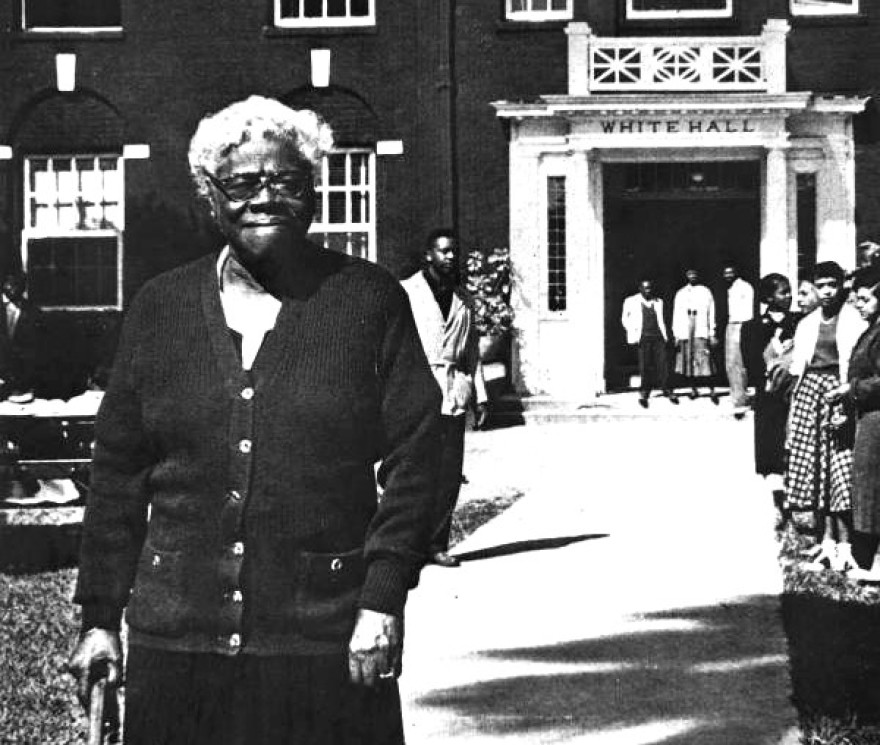
Mary McLeod Bethune in front of the college she founded, Bethune-Cookman University, which still stands today.
Her college became a registration site for Black voters. When she heard the KKK was coming to burn her school, she faced off with Klansmen in the night and said, “You’ll have to kill me first.” She survived and so did her school.
In 1935, Bethune founded the National Council of Negro Women (NCNW). It sought to liberate Black women from the trinity of racism, classism and sexism. The NCNW, which still exists, helped organize the 1963 March on Washington, which Bethune did not live to see, as she died in 1955.
Bethune was a leader in Franklin D. Roosevelt’s “Black Cabinet.” She fought to end job discrimination and the lynching of African Americans. In 1940, she became the NAACP vice president and held that position until her passing. President Truman appointed her as a delegate to the United Nations organizing meeting in 1945.
I love her strength, her brilliance, and her dedication. She made America a better place.
Who’s Your Hero?
Have you been inspired by a relatively unknown historical or modern-day hero? Tell us about the person or people you admire most, and why or how you teach your students about their impact. Email editor@cta.org with “Heroes” in the subject line.
